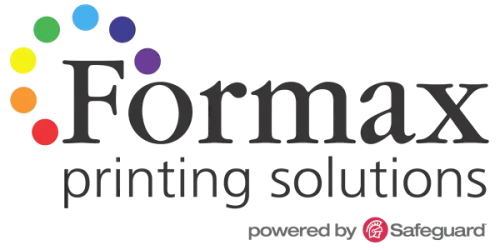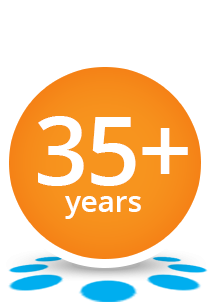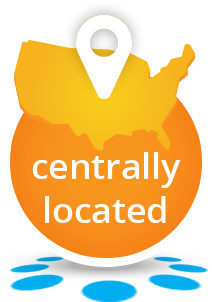The Ultimate Guide to Coloring Book Printing
Print Your Own Coloring Book
Coloring books are more than just a childhood pastime. They're a creative outlet for both children and adults, and a potential business venture for artists and publishers.
If you are an illustrator, you can share your art. If you are an educator, you can create learning materials. If you are a business, you can find new marketing ideas. Printing a coloring book can be a great project for all of these.
This guide will walk you through the process, from design to print. We will discuss how to choose the right paper and ink. We will also look at picking the best binding style. Finally, we will cover how to market your finished product.
So, let's dive into the world of coloring book printing.
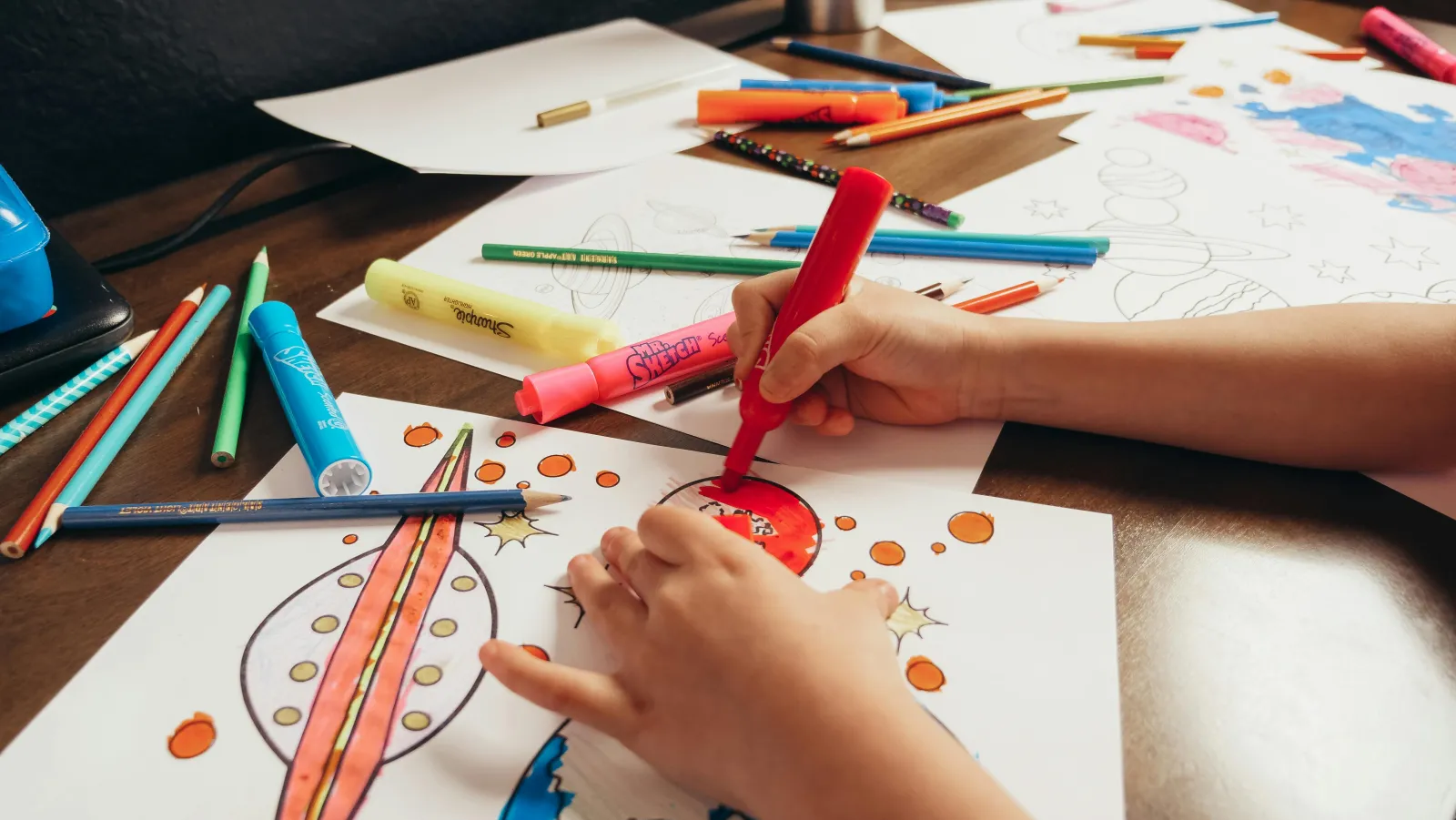
Understanding Coloring Book Printing
Coloring book printing is a specialized process. It requires careful consideration of various factors to ensure a high-quality end product.
The type of paper used plays a significant role. It must be sturdy enough to withstand coloring, yet smooth enough to allow for easy color application.
Ink selection is equally important. The ink must be non-toxic and resistant to smudging or bleeding through the paper.
Understanding these basics sets the foundation for a successful coloring book printing project.
Designing Your Coloring Book
Designing a custom coloring book involves more than just creating beautiful illustrations. Creating an engaging and interactive experience for the user is the focus.
The layout of the book is crucial. It should be easy to navigate and provide a logical flow from one page to the next.
The choice of software for design and layout can greatly affect the final product. It's important to choose a tool that offers flexibility and a wide range of design options.
Lastly, the artwork must be prepared in a way that ensures high-quality printing.
Layout and Software
The layout of your coloring book should be user-friendly. This means easy-to-follow sequences and clear, uncluttered pages.
There are many software options available for designing coloring books. Adobe Illustrator and InDesign are popular choices due to their extensive features and flexibility.

Artwork Preparation
Preparing your artwork for print involves several steps. First, ensure your images are high-resolution to avoid pixelation.
Next, set your color mode to CMYK. This is the standard for print and will ensure accurate color reproduction.
Finally, save your files in a print-ready format, such as PDF. This will preserve the quality of your images during the printing process.
Choosing the Right Paper and Ink
The choice of paper and ink can greatly impact the final look and feel of your coloring book. It's important to choose materials that complement your artwork and enhance the coloring experience.
The paper should be thick enough to prevent bleed-through from markers or watercolors. It should also have a smooth texture for easy coloring.
Ink selection is equally important. Opt for high-quality inks that provide sharp, clear lines and resist fading over time. This will ensure your book remains vibrant and enjoyable for years to come.
Binding Styles
The binding style of your coloring book can affect its usability and overall appeal. Several options to consider exist, each with its own advantages.
Here are three popular binding styles for coloring books:
Saddle Stitch
Perfect Bound
Spiral Bound
Saddle Stitch Binding
Saddle stitch binding is a cost-effective option. It's ideal for smaller coloring books with fewer pages.
Perfect Bound Binding
Perfect bound binding gives your coloring book a professional, book-like appearance. It's suitable for larger, more complex projects.
Spiral Bound Binding
Spiral bound binding allows the coloring book to lay flat when open. This makes it easier to color, especially for larger designs.
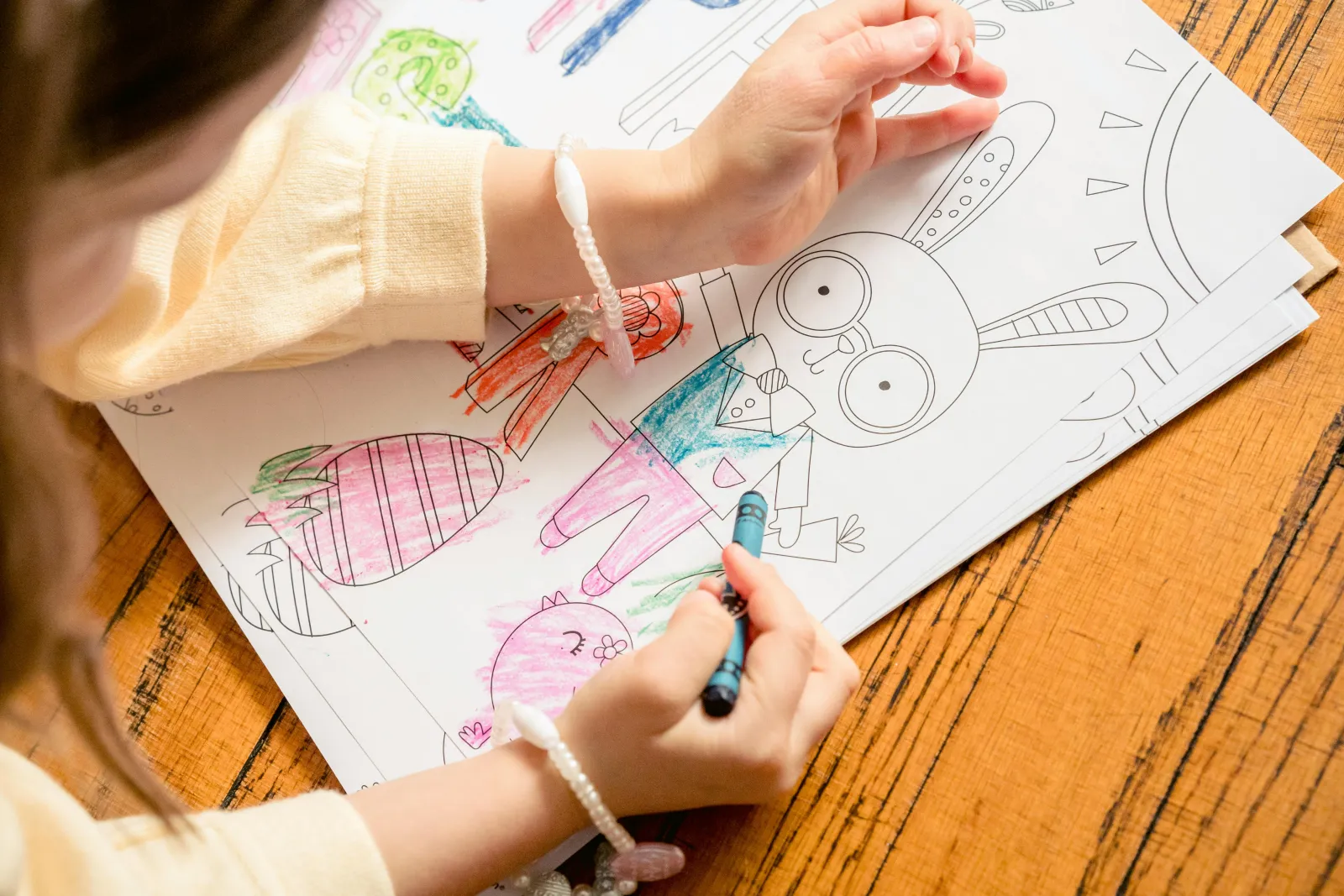
Printing Options: Digital vs. Offset
When it comes to coloring book printing, you have two main options: digital and offset. Each has its own benefits and drawbacks.
Digital printing is quick and cost-effective for smaller runs. Offset printing, on the other hand, is more economical for larger print runs and offers higher print quality.
The Final Check: Proofing Your Coloring Book
Before you send your coloring book for printing, proofing is a crucial step. It helps you catch any errors or design issues.
Remember, fixing mistakes after printing can be costly. So, take your time to review everything carefully.
Conclusion: Bringing Your Coloring Book to Life
Printing a coloring book is a rewarding process. It allows you to bring your creative vision to life.
Remember, the key to a successful coloring book lies in careful planning, quality printing, and effective marketing. Finding the right coloring book printing service is easy. Trust Formax with your coloring book printing services. Reach out to us at 866.367.6221 or submit our form. As always we look forward to speaking with you about your project.
Take Care,
Rick
